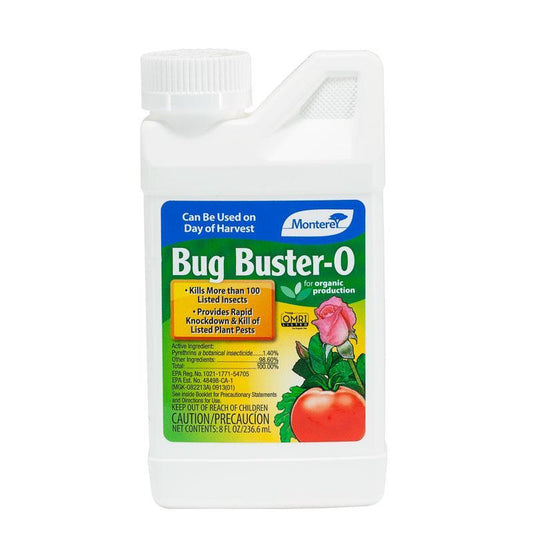Cricket Traps and Insecticides for Effective Pest Control
Introduction
Pest control is essential to maintaining healthy gardens and protecting crops from potential damage. Crickets and other insects are common culprits among the numerous pests that can wreak havoc in gardens. Fortunately, there are effective solutions available to manage these pests.
Cricket Traps
Cricket traps are a non-toxic and environmentally friendly way to manage cricket infestations. They are designed to lure and capture crickets, preventing them from causing damage to plants. Here are some notable cricket trap options:
Sticky Traps
Sticky traps are adhesive sheets or boards that crickets get stuck to when they walk over them. These traps are easy to use and highly effective in capturing crickets. They can be placed strategically around the garden or inside greenhouses. Sticky traps are particularly useful for monitoring cricket populations.
Baited Traps
Baited traps use attractants to lure crickets into the trap. These traps are often designed to mimic the hiding spots crickets naturally seek out. Once inside, crickets are unable to escape. Baited traps are a humane and efficient way to control cricket infestations.
Insecticides
Insecticides are chemical solutions formulated to kill or repel insects. They are available in various forms, including sprays, powders, and granules. When choosing an insecticide for cricket control, it is crucial to consider its effectiveness and environmental impact.
Pyrethroids
Pyrethroids are synthetic chemicals derived from pyrethrins, which are naturally occurring compounds found in chrysanthemum flowers. They are highly effective against crickets and many other pests. Pyrethroids work by disrupting the nervous system of insects. However, users should be cautious about their potential impact on non-target organisms.
Neem Oil
Neem oil is a natural insecticide derived from the neem tree. It contains compounds that disrupt insect feeding and reproduction. Neem oil is considered safe for beneficial insects and the environment. It can be used as a spray on plants to deter crickets and other pests.
Diatomaceous Earth
Diatomaceous earth is a fine powder made from the fossilized remains of tiny aquatic organisms called diatoms. It is an effective and non-toxic way to control crickets and other crawling insects. When insects come into contact with diatomaceous earth, it damages their exoskeletons, leading to dehydration and death.
Tips for Effective Pest Control
To maximize the effectiveness of cricket traps and insecticides, consider these tips:
Identify the Pest
Before choosing a control method, correctly identify the pest species in your garden. Different insects may require specific treatments.
Proper Placement
Place traps or apply insecticides in areas where crickets are most active or have been observed. Focus on hiding spots, entry points, and areas near plants vulnerable to cricket damage.
Regular Monitoring
Monitor trap effectiveness and inspect plants regularly to assess pest populations. Adjust your pest control strategy as needed.
Follow Instructions
Always read and follow the manufacturer's instructions for the proper application of traps or insecticides. Safety precautions should be observed to protect both humans and the environment.
Effective pest control is essential for maintaining healthy gardens and protecting crops. Cricket traps and insecticides offer practical solutions for managing cricket infestations while minimizing environmental impact. Gardeners can enjoy a pest-free environment and thriving plants by choosing the right method and following best practices.







